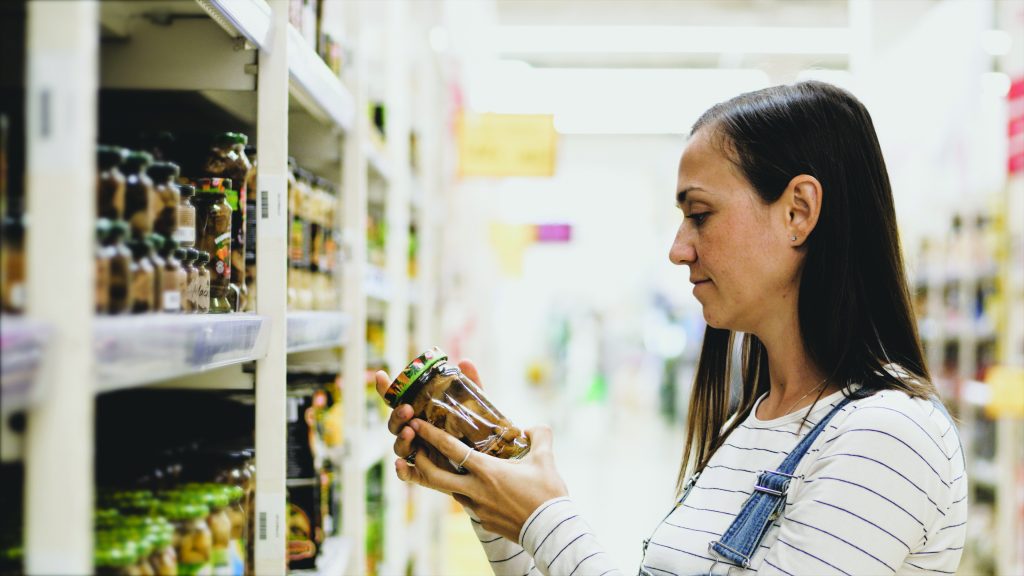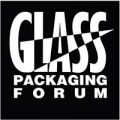Jargon Buster
Jargon Buster
- Container Return Scheme – a scheme that aims to increase recycling rates by incentivising New Zealanders to return and recycle their beverage containers at an allocated collection depot. Under a CRS, New Zealanders will pay the full cost of running the scheme upfront as part of their beverage purchase and will receive a partial refund for every beverage container returned to a collection depot.
- Where the government imposes rules that a certain product or material can only be sold in accordance with a scheme that has been accredited by government. Currently this mechanism is by declaring that product or material a Priority Product. Such a scheme must internalise the end of life costs of the product or material.
- The GPF is an MfE accredited voluntary product stewardship scheme, which provides an annual performance report to the Government.
- Over 350 New Zealand companies and other organisations participate in one or more product stewardship schemes that are Government accredited. Collectively, these schemes have diverted more than 1.3 million tonnes of waste from landfill. To learn more about product stewardship schemes and voluntary product stewardship accreditation, click here
- Kerbside recycling is different depending on where in New Zealand you live, but aims to make New Zealanders lives easier by having a regular collection day and time for general household recycling e.g. glass bottles and jars, cans, plastic bottles, boxes, newspapers, etc. Some councils and other organisations run drop off points instead of or in addition to kerbside collections.
- Where different materials are collected separately in their own bin or crate to minimise contamination so they can be best utilised.
- The GPF supports this separate collection for glass, as it allows glass colours to be separated before they are sent for processing. That helps increase the recycling rate and reduce emissions.
- Where glass is collected separately, but not colour sorted before being sent for processing.
- It is better than comingled collection, but still leads to less glass being able to be recycled, which increases emissions and reduces the recycling rate.
- A CRS would rely heavily on reverse vending machines (RVMs) collecting mixed glass.
- Where all materials – glass, paper, metal and plastics – are placed in the same recycling bin. While cheaper to collect, this leads to contamination and loss of recyclable material during processing, so material recovery is not maximised. The GPF does not support this system.
- Glass Packaging Forum – a voluntary product stewardship scheme that provides funds to improve the environmental outcomes for glass, increase recovery and recycling rates, and which divert glass from landfill. GPF activity is funded by a levy members pay on all glass they import, manufacture or fill for the New Zealand market. This enables glass to be returned to the furnace or made into alternative products with the aim of zero container glass to landfill. GPF membership ranges from those that sell glass-packaged goods to those that collect, process and recycle glass.
- From the start, products are designed to last a long time and be easily repaired, or to be ‘unmade’ after use. These materials are either made into something new or returned to nature – all without creating pollution or greenhouse gas emissions. Glass is a great example of a circular product as it is 100% recyclable and can be infinitely recycled, as well as collected and cleaned for reuse where possible.
- Co-design is the act of creating a scheme with community stakeholders, which may include, but is not limited to, local councils, industry representatives, iwi and environmental non-Governmental Organisations. This is to ensure the results meet their needs and are usable.
- Glass bottles that come from drinks, including beer, wine, soda, etc.
- Glass jars and bottles that come from other items, such as peanut butter, jam, sauces, etc.
- Where a container is collected after use, washed, and reused for the same product. This uses a different weight grade of bottle, and needs a logistics system that will collect and wash the bottles ready for refilling.
- Neither the proposed CRS or the proposed EPR model would collect bottles for refilling.
- Where empty bottles and jars are collected and reprocessed back into bottles or jars.
- An affiliation of not-for-profit community organisations who operate recycling services, usually a drop off model.
- Organisations that collect kerbside recycling, or run drop off centres, such as local councils, community recycling hubs and waste collection companies.
- The Minister for the Environment can declare any product a priority product when:
- There is potential for it to cause environmental harm
- There are significant waste minimisation benefits from doing so
- Where it can be effectively managed through a product stewardship scheme.
- When a product is declared a Priority Product by the Minister for the Environment, producers must join a regulated scheme that is responsible for the specified product at the end of life, and ensure the full costs of the material life cycle are paid by producers and consumers, not communities and the environment.
- Priority Products declared to date are: tyres, electrical and electronic products (e-waste), refrigerants and other synthetic greenhouse gases, agrichemicals and their containers, farm plastics and single-use plastic packaging.

